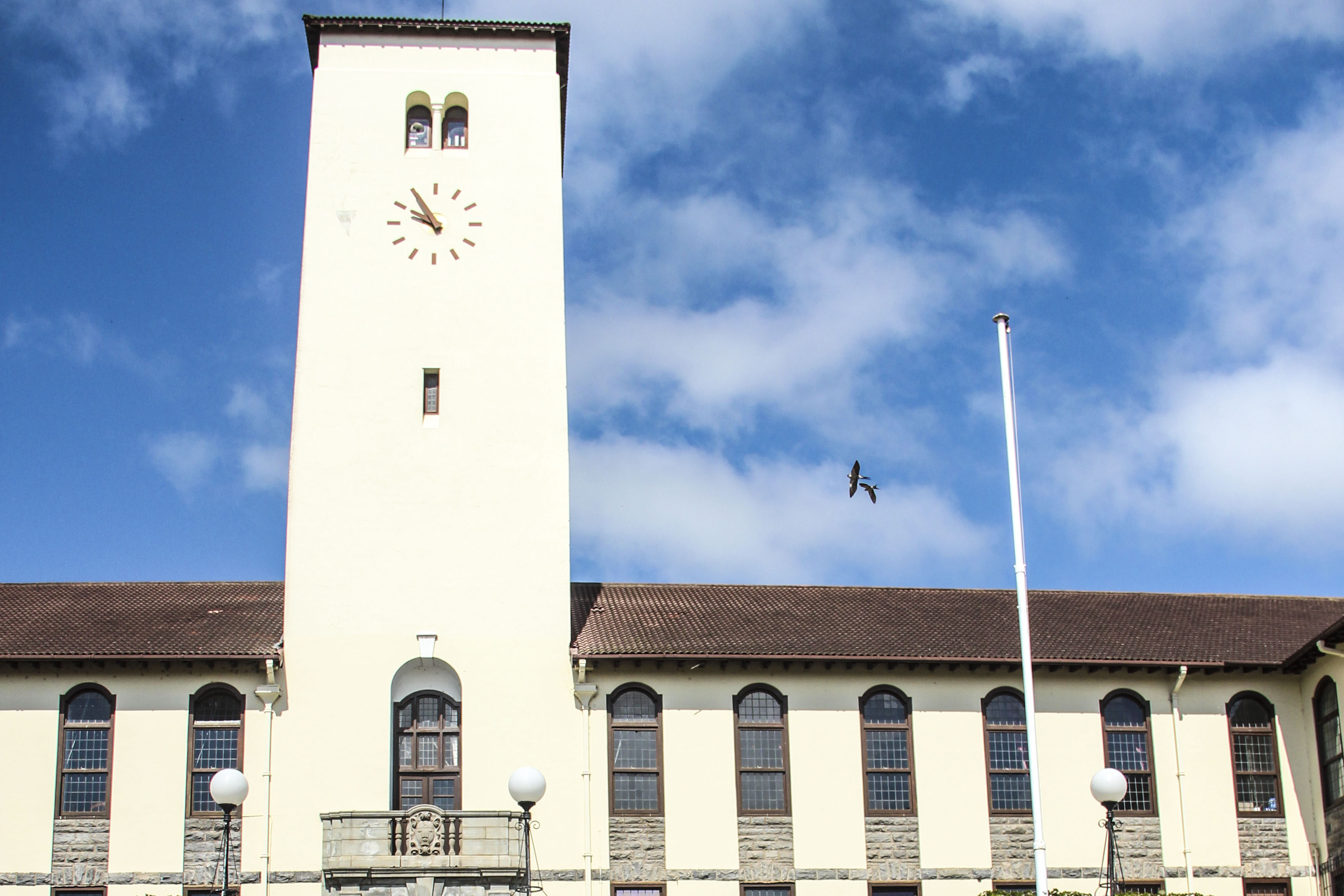
Liam Pedersen was born in Cape Town, South Africa before moving to the squats of London, thence to the Greyhound bus terminals of the USA before being deported from Mexico and ending up in Colombian jungle where he avoided school and spent idyllic days fishing from a dugout canoe. Eventually polite society caught up with him and he went to Chile, learning to read on the way. Upon returning to South Africa he had to flee to Swaziland to avoid conscription and get more education, before being allowed back into the United States as a Fulbright Scholar.
Liam received B.Sc. and B.Sc. Honours degrees from Rhodes University in South Africa, an M.S.E.E. at George Washington University and a Ph.D. in Robotics from Carnegie Mellon University in 2001. He has worked extensively with rovers and planetary scientists in the Atacama Desert, the Canadian arctic, and Antarctica. He built the system onboard CMU's Nomad robot that allowed it to autonomously identify meteorites in Antarctica in January 2000.
Liam is now a robotics researcher at NASA Ames Research Center, building intelligent robot systems to look for life on Mars and thinking about the future of space exploration.
His research interests are robotic rovers for planetary surface exploration and the application of autonomy for greatly increasing the science return of future Mars rovers. He led an effort to assess and predict space robotic capabilities to support NASA policymaking activities for future missions 10 and 20 years hence.
Currently he is the PI of a project to develop single cycle instrument deployment and leads the rover autonomy milestone demonstrations on the K9 rover. His latest project is a solar and wind powered robot that will traverse Antarctica to look for microbes in the ice.
Source: www.sfsu.edu
